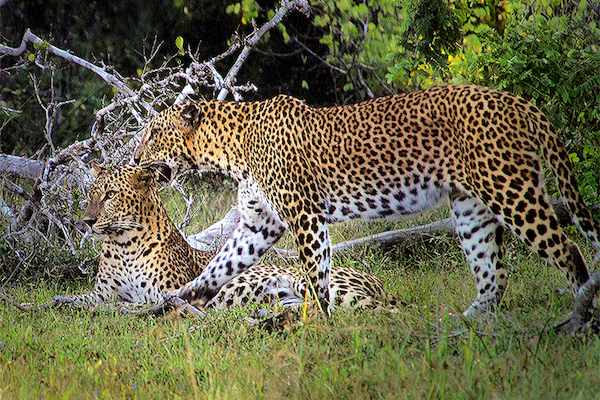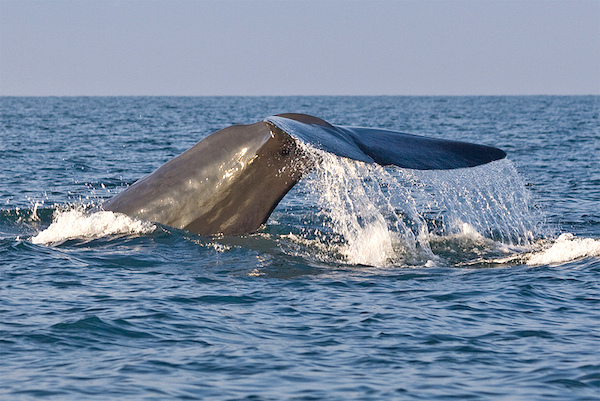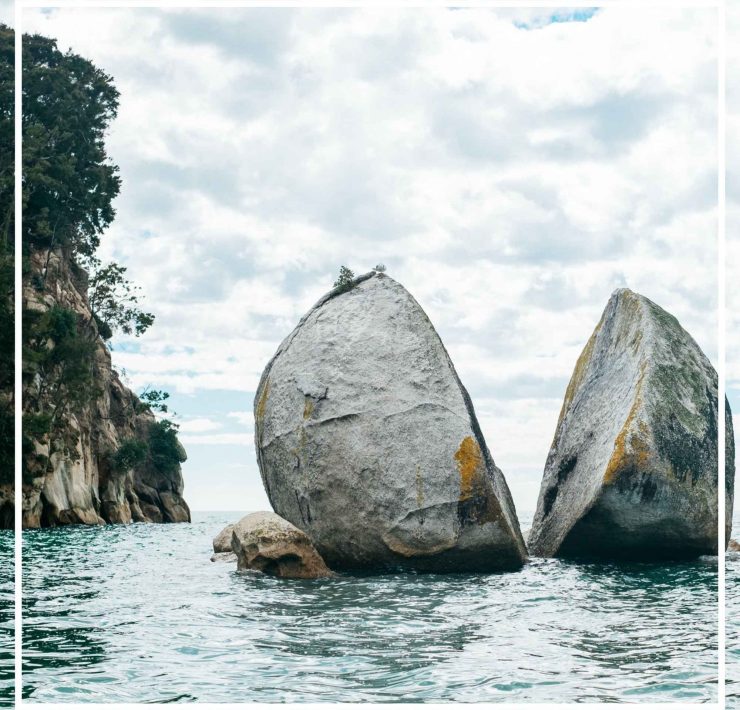If You Love Nature Travel You Need To Head To Sri Lanka

It’s no secret that Sri Lanka is at the top of everyone’s bucket list at the moment, and rightly so. With balmy weather, a conversion rate heavily in favour of Aussie travellers and a wealth of activities, sights and food to discover, if it’s not on your “must visit” list, it should be.
[related_articles]59713,56689[/related_articles]So whether you’re a fan of diving, surfing or simply gazing out at jaw-dropping vistas of endless tea plantations, here’s why your next trip needs to be to Sri Lanka.
Surf’s up, Sri Lanka style
For arguably the best surf in Sri Lanka, head to Arugam Bay, located on the sleepy east coast of Sri Lanka. Suitable for all levels, and best visited between April and October, Arugam Bay and the seven small villages in the area fulfil every cliché you may have had about a relaxed surf town, complete with beachside shacks, pop-up yoga studios and a laidback vibe.
However, if you’re not a diehard surfer and require a surf break among civilisation, the beaches around the popular seaside town of Galle still make for excellent, crowd-free surfing. Surf breaks include Weligama, Mirissa and Hikkaduwa and are all easily reachable by tuk-tuk.
Animal encounters

If you’ve ever wanted to go on safari in Africa, you should also consider Sri Lanka. With national parks dotted around the country, all you have to do is decide what you’re most interested in seeing.
The country’s most well-known national park, located in the south-east of the country, is Yala National Park and is famous for having the highest concentration of wild leopards in the world (although be warned – they’re notoriously elusive at the best of times).
[related_articles]59713,56689[/related_articles]However, a closer, and far less busy, national park is Udawalawe National Park, known for its abundance of elephants, though leopard sightings are so rare as to be an urban legend. While I was personally sceptical as to exactly how many elephants count as “an abundance” it’s fair to say that I was totally blown away. While an array of animals resides at Udawalawe, if you’re a fan of the friendly giants, then this place has to be on your itinerary.
Go underwater
Unsurprisingly, given it’s an island smack bang in the middle of the Indian Ocean, Sri Lanka’s wealth of water-based activities are practically limitless. For scuba fans, the south-east coast has a number of dive sites, including Mirissa and Unawatuna, best visited between November and April (once the wet season hits, the water visibility dramatically deteriorates).
Plus, with shallow shipwrecks along the west coast, including at Unawatuna, and blissful mid-twenties water temperatures, scuba diving is great for all levels of divers. As a beginner diver, I tried Sea Horse Divers, who were excellent at guiding me (sometimes literally), as I explored the depths.
[related_articles]54366,32430[/related_articles]If you’re not interested in getting your head wet, make way to Hikkaduwa, a sandy beach located about 30 minutes from Galle, which is famous for its resident turtles. Found throughout the day in the water behind the Hikka Tranz by Cinnamon hotel, the turtles are quite used to humans, so feel free to wade in and stand amongst the slow-moving creatures, though don’t touch and try to stay out of their way.
Have a whale of a time

If you’re keen on continuing your maritime adventures, add whale-watching to your list: Sri Lanka thoroughly deserves its cetacean crown with at least ten different species of whales passing Sri Lanka on their migratory routes. While whales can be spotted anytime between November and April, to catch a glimpse at the elusive blue whale you’ll have to visit between February and mid-March.
Whale-watching tours leave from beachside towns Galle and Mirissa, with Whale Watching Club largely considered to be one of the best tour companies offering the service. Lasting around half a day, tours cost approximately 5000 rupees (AU$43), which is pretty great value to see the largest living creatures on earth.
Soak it all in

A fan of nature but not necessarily a fan of getting wet? No problem. Travel to Nuwara Eliya, located in the centre of the island, for glorious vistas of the vast tea plantations that Sri Lanka is famous for.
While simply relaxing at your hotel and taking in the view is breathtaking enough (ideally with steaming cup of tea in hand), go one step further and take the scenic train ride from Colombo to Nuwara Eliya to really appreciate the scenery from a local’s perspective.
(Lead image: Poswiecie / Pixabay)









